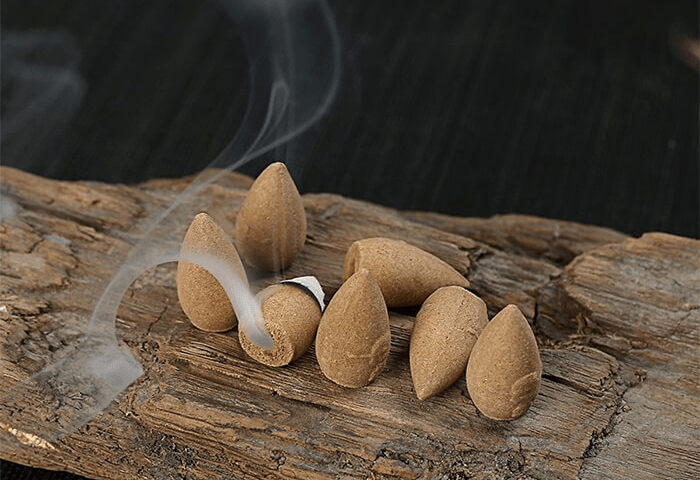
Gemstone Collecting Resources: Building Your Knowledge
April 1, 2025
Jewelry Trends for Everyday Wear 2025: Casual Chic
April 3, 2025Hello friends, I’m Chuong Gems from Vietnam. Today, I’d like to share with you an interesting discussion about agarwood chips formation – specifically comparing fast and slow formation processes to determine which is better.
Introduction to Agarwood and Its Formation Process
Agarwood, also known as “Wood of the Gods,” is one of the most precious natural materials in the world. As someone who has been working with agarwood for years, I can tell you that its formation process is truly fascinating.
The formation of agarwood occurs when the Aquilaria trees respond to external threats like injuries or infections. The tree produces a dark, aromatic resin as a defense mechanism, which eventually transforms the heartwood into what we know as agarwood.
Fast vs. Slow Formation: Understanding the Differences
In my experience working with different types of agarwood, I’ve observed two main formation processes:
- Fast Formation (Induced): This typically occurs through artificial methods, where we deliberately create conditions that trigger resin production. The process can take 2-3 years.
- Slow Formation (Natural): This happens naturally in the wild, often taking 20+ years for high-quality agarwood to form.
Benefits of Fast-Formed Agarwood
Let me share some advantages of fast-formed agarwood based on my observations:
- More sustainable and controlled production
- Helps meet growing market demand
- More affordable for consumers
- Reduces pressure on wild agarwood trees
Challenges and Limitations of Slow-Formed Agarwood
While slow-formed agarwood has its merits, it faces several challenges:
- Extremely time-consuming process
- Risk of illegal harvesting due to high value
- Limited availability
- Environmental concerns due to wild harvesting
Commercial Value Comparison
From my market experience, here’s what you should know about the commercial aspects:
- Slow-formed agarwood: Commands premium prices due to its rarity and complex aroma profile
- Fast-formed agarwood: More accessible pricing, making it suitable for various commercial applications
Conclusion: Which is Better?
As someone deeply involved in the agarwood industry, I believe both methods have their place. While slow-formed agarwood offers superior quality and complexity, fast-formed agarwood provides a sustainable solution to meet market demands.
In my opinion, the “better” choice depends on your specific needs:
- For commercial production: Fast formation offers better sustainability and economic viability
- For premium products: Slow formation still holds its unique value
Remember, quality can be found in both types – it’s about understanding their different characteristics and choosing what best suits your needs.




